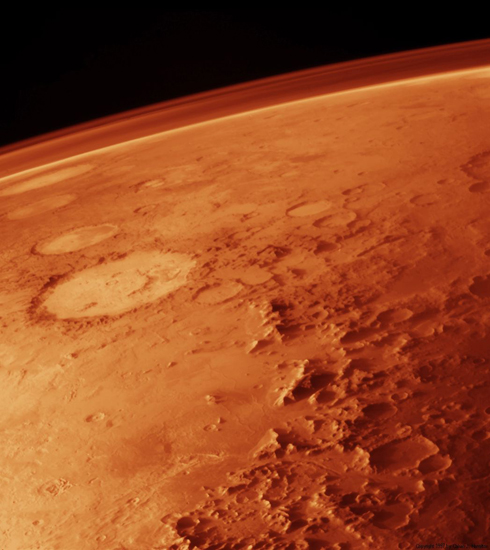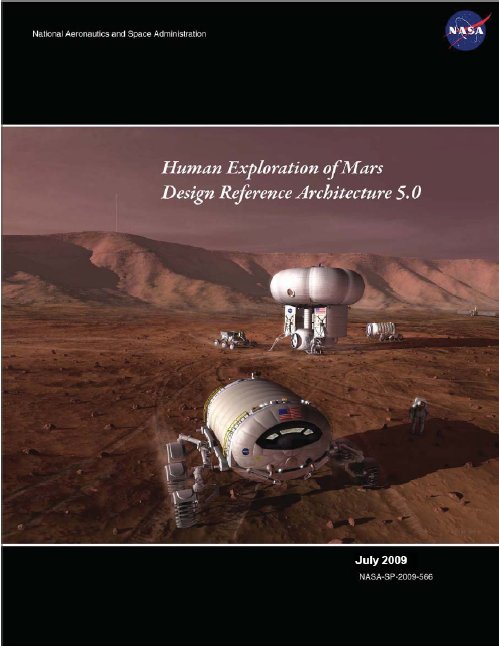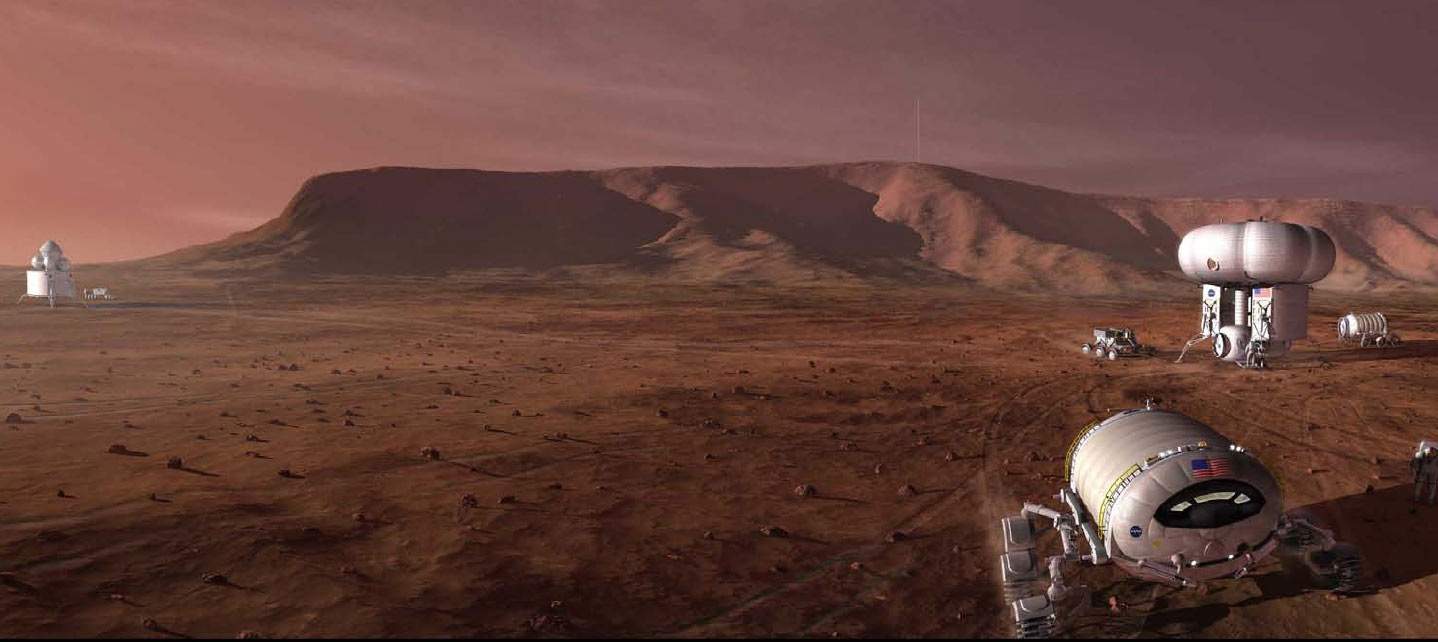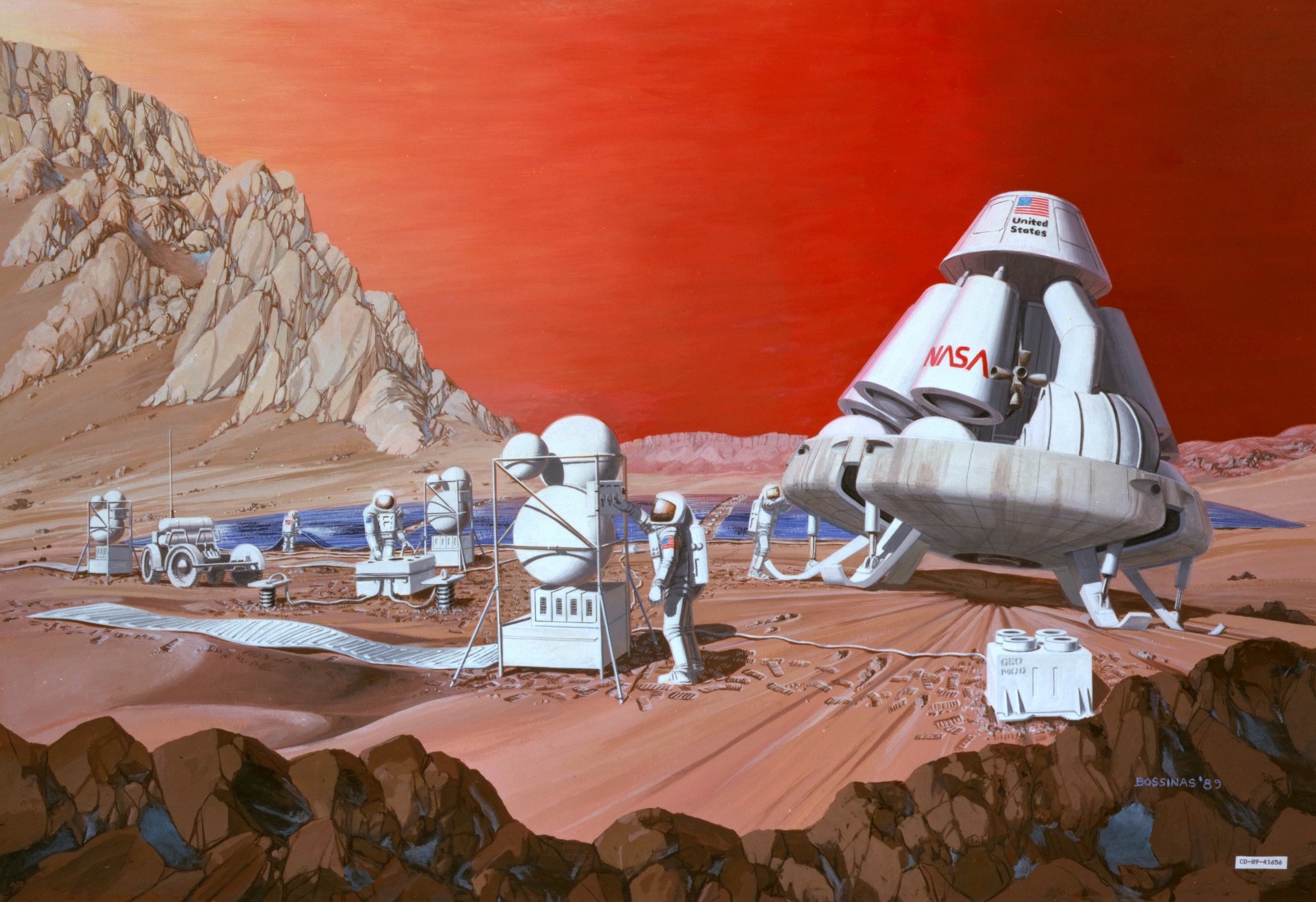Beyond the Moon

NASA's Plans for the human exploration of Mars
Placing a Human colony on Mars has long been in our imaginations. NASA has performed many reconnaissance missions over the years including the Mariner Program, Viking 1 and Viking 2, Mars Global Surveyor, Mars Phoenix Lander, Mars Pathfinder, Mars Exploration Rovers, Mars Science Laboratory and even the upcoming MAVEN and many feel that it's now time for NASA to turn the dream into a reality and put a man on Mars.
In 2010 a bill was signed discontinuing plans for a manned mission to the Moon and instead authorizing manned missions to an asteroid in 2025 and to the planet Mars by the 2030s. NASA Administrator Charles Bolden, during a press conference in February 2010, where he revealed that NASA has awarded $50 million to further the commercial sector's capability to support and transport a crew to and from Earth, confirmed that it was NASA's intention to send humans to Mars.
An Evolutionary Plan

NASA has a plan. In fact it has revised its plan on numerous occasions and we currently have version 5 of the "Human Exploration of Mars Design Reference Architecture" on the table. The plan on how it's going to happen has been described by Bolden as "evolutionary".
NASA is extremely positive about this plan and has Obama's backing. What they don't have is the backing of Congress and this is critical to making the mission a reality.
The current plan is to continue to use the International Space Station (ISS) as a test bed to build the capabilities to send humans deeper into space than ever before.
Mars to Stay
In addition to the proposed missions to send humans to Mars and return them to Earth, there are also proposals to send humans to "Mars to Stay".
Mars to Stay missions propose astronauts sent to Mars for the first time should intend to stay. Unused emergency return vehicles would be used as accommodation. Apollo astronaut Buzz Aldrin has been particularly vocal in support of the Mars to Stay proposal.
NASA has identified several key challenges that a human mission to Mars must overcome:
- TRANSIT TO MARS: Human health and performance in space including radiation & zero-g, Long-term system reliability, maintenance and operations of systems for long-periods, Landing large payloads on Mars (Aero-Entry, and precision landing), Mars orbit insertion or aero-capture, Extended periods of dormancy, Communication time lag, Abort to surface
- SURFACE EXPLORATION: Human health and performance on Mars (500 days), Minimize surface assembly and associated operations, Long-term system reliability, maintenance and operations of systems for long-periods, No logistics resupply, Communication time lag, Robust exploration including long-range & routine EVA, Extensive science operations & minimal sample return, Environment of Mars: dust, dust storms, etc., Nuclear surface system operation and reliability, Extended periods of dormancy, Ascent & rendezvous, Planetary protection, Lack of medical facilities
- EARTH RETURN: High-speed direct entry (12+ km/s)
Some of these issues were estimated statistically in the HUMEX study.
NASA has also discussed plans to launch Mars missions from the Moon to reduce traveling costs.
← Lunar BaseIt takes eight and a half minutes for light to get from the sun to earth.

